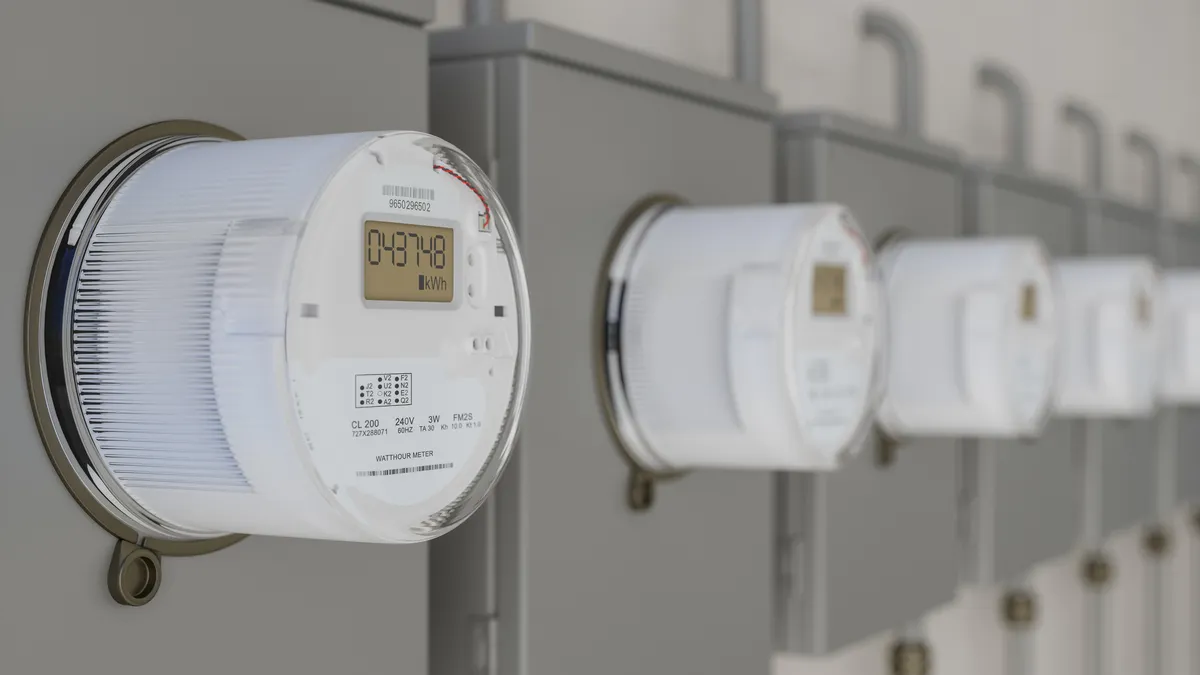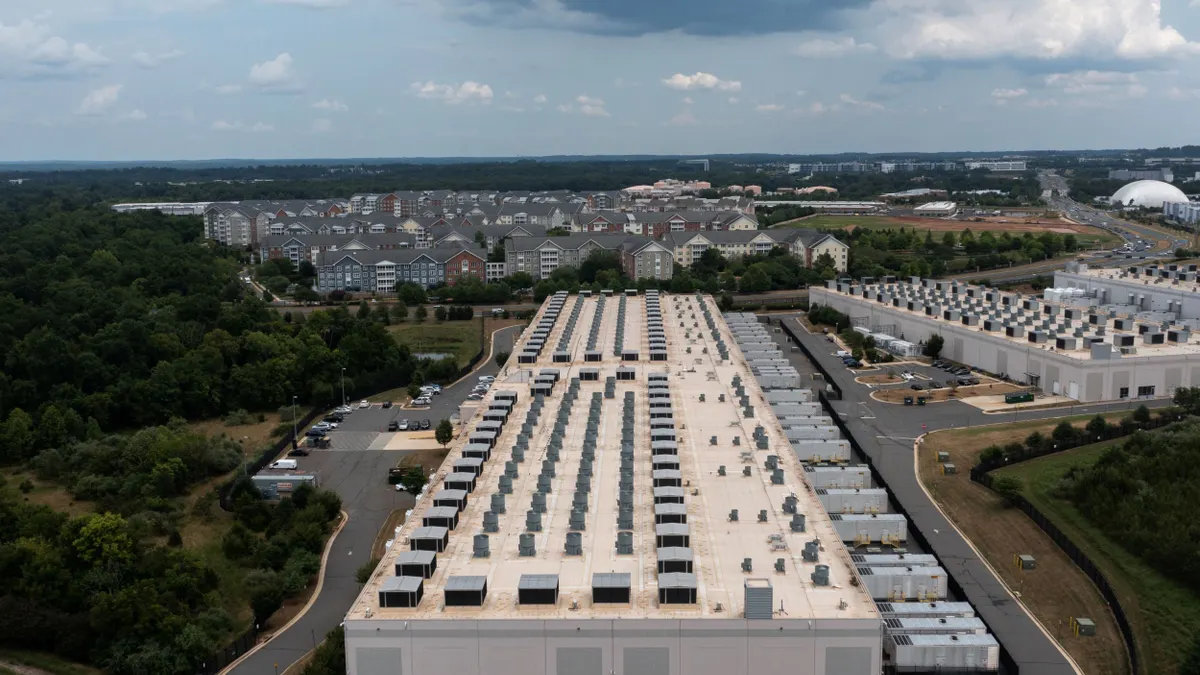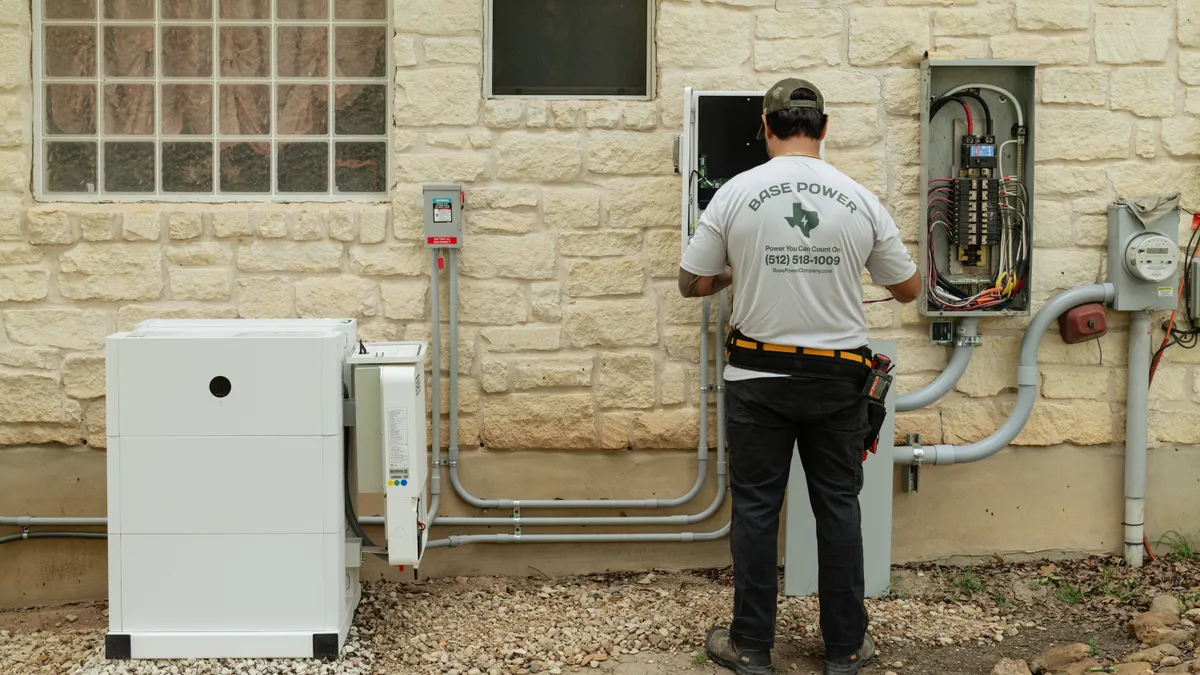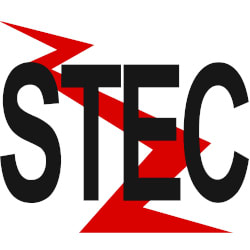The following is a Viewpoint by Jeff Hamel, Director of Global Energy and Enterprise Partnerships at Google.
Conscientious energy consumption isn't just about turning off the lights, or even replacing incandescent bulbs with more efficient LEDs. It's about consumers better understanding their own home's energy use, seeking opportunities to conserve, and contributing to more efficient, reliable energy systems.
Utilities have an opportunity today to more actively engage with customers. By communicating more directly with consumers through intuitive voice platforms, utilities can earn their way to being more than just a company that sends a bill every month while cultivating greater customer engagement.
There are plenty of examples of how the "utility of the future" is already here: forward-thinking energy providers are leveraging familiar in-home devices like smart thermostats to encourage participation in energy-saving programs. The industry — technology companies and utilities alike — now need to start asking, what will help take customer engagement to the next level?
From where I sit, it's clear that offering a central home energy platform with device control and interoperability will expand the engagement trend and deliver even better efficiency results.
Energy innovation and utility customer engagement is happening now
There is a lot of energy innovation taking place, especially with wind, solar and storage technologies. These relatively new renewable resources are essential for reducing carbon emissions, yet many new innovations can take a very long time to achieve results and are not currently accessible to all consumers.
Meanwhile, policies that have played important roles in promoting clean energy at the state and national levels face uncertain futures, despite dire predictions for the consequences of taking a business-as-usual approach.
One of the simplest solutions for reducing energy use and emissions is to increase utility-customer communications and understanding in order to boost voluntary conservation and efficiency measures.
Utilities are incentivized to actively engage with consumers because it adds flexibility to the grid, reduces emissions and increases customer satisfaction. This isn't to say that it comes easy — energy use, demand response, and whole-home energy management are incredibly complex undertakings for utilities to manage. They can also be difficult for customers to understand, which is a barrier to taking action to save energy in the residential sector.
In reality, customers often don't think about a utility's offerings until they receive a monthly bill, or something goes wrong with service.
That said, there are already plenty of examples of how energy providers are engaging with customers to form mutually beneficial relationships.
Xcel Energy is working with industry leaders like Panasonic to increase reliability for customers through battery storage, and both Reliant/NRG and Xcel are delivering voice activation services in Texas and Minnesota, pairing electricity plans with smart technologies. Indiana Michigan Power also recently announced a partnership with Tendril and Google to provide customers access to voice-activated energy information.”
The HPC Smart Home Report also highlights how Kansas City Power & Light (KCP&L) and ConEdison are offering eligible Missouri and New York customers a free smart thermostat device and free installation with enrollment in DR programs. And with the successes of these mutually-beneficial relationships, utilities around the country are again looking to smart technology to deliver the next-generation of customer engagement.
Building on these early successes by giving customers what they want
So far, offering customers simple and effective technology resources has successfully increased participation in our energy systems. During last year's total eclipse, hundreds of thousands of Nest customers across the country heeded a call from Nest and its utility partners and activated their smart thermostats to counteract the loss of solar power.
Now it's time to think about how to take this type of engagement to the next level, and it is clear customers trust utility recommendations for what that looks like. A recent Smart Energy Consumer Collaborative survey found that 78% of consumers are more likely to participate in a program or purchase the product if their utility endorses it.
All utility customers are consumers; therefore, energy providers need to be conscious of consumer trends and what services and devices they are looking for.
At the beginning of 2018, Bloomberg noted that consumer demand for smart thermostats will steadily increase over the next five years, so we know the devices that have already been effective aren't going anywhere. The voice assistant industry is anticipated to generate revenues worth $7.8 billion by 2023, and according to Parks Associates, 75% of consumers who are planning to buy smart home devices value interoperability with other products.
These market predictions indicate that consumers would embrace a device they can easily communicate with and that automates or controls a wide range of actions and home devices from a central point of control.
If hundreds of household energy-saving actions can be made from a single interface, and those capabilities are distributed across thousands of homes, the benefits would be profound and lasting — compounding the positive impacts we've already seen with the connectivity that smart thermostats offer to utilities and customers.
Greater interoperability will see the trend expand
So where do we go from here?
In the near future, utilities will be able to provide a richer, more personalized energy management experience to consumers — from alerts about storms and outages to reminders to pay a bill and easy ways to further save energy — to offer a more holistic view of home energy use. This is the level of transparency and engagement consumers are craving.
Utility services can no longer be siloed, and interoperability of home devices is key for maximizing energy management and consumer engagement. Identifying new opportunities to connect customers with energy-saving opportunities that are immediately accessible, intuitive and easy to integrate into daily life are key to improving the efficiency and reducing the emissions of homes across the country.




















